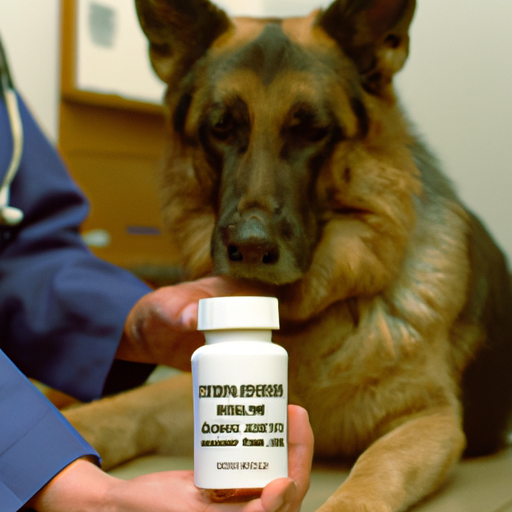As a caregiver, one of your most important responsibilities is ensuring your canine companion is safe and healthy. This often includes managing their allergies, and one common solution for this is Benadryl. But which Benadryl is safe for dogs? This article will delve into this topic, providing you with all the information you need to make the best decision for your pet.
Key Takeaways:
- Benadryl is generally safe for most dogs, but always consult with a veterinarian before giving your dog any new medication.
- Not all Benadryl products are safe for dogs; the only safe variant is diphenhydramine.
- Dosage is critical when giving your dog Benadryl. It’s typically 1 mg per pound, given 2-3 times a day.
- While Benadryl is generally safe, it can have side effects that you need to watch out for.
Table of Contents:
- Understanding Benadryl
- Which Benadryl is Safe for Dogs
- Dosage Guidelines
- Possible Side Effects
- Alternatives to Benadryl
- Frequently Asked Questions
Understanding Benadryl
Benadryl, known generically as diphenhydramine, is a first-generation antihistamine. It’s commonly used to treat symptoms of allergies, such as itching, hives, and swelling. While it’s often used in humans, it can also be used in canines under certain circumstances. However, it’s essential to understand that not all Benadryl products are safe for dogs.
Which Benadryl is Safe for Dogs
The only Benadryl product that is safe for dogs is the one that contains diphenhydramine as its only active ingredient. Other Benadryl products, such as Benadryl Allergy Plus Sinus and Benadryl Allergy Plus Cold, contain additional active ingredients like acetaminophen, phenylephrine, or pseudoephedrine, which can be harmful to dogs.
In fact, the American Society for the Prevention of Cruelty to Animals (ASPCA) reports that acetaminophen can cause liver damage in dogs, while phenylephrine and pseudoephedrine can cause rapid heart rate, hypertension, and even seizures. So, when choosing a Benadryl product for your dog, always check the label and ensure it only contains diphenhydramine.
To further help, you can always check resources like OneTopDog, which offers articles on dog health, including the use of Benadryl.
Dosage Guidelines
The general rule of thumb when giving Benadryl to dogs is to provide 1 mg per pound of the dog’s body weight, given 2-3 times a day. However, this is a general guideline, and the actual dosage may vary depending on the dog’s size, age, and overall health condition.
Before giving your dog Benadryl, always consult with your veterinarian to get the correct dosage. Also, if you’re unsure about how to administer the medication, this OneTopDog article provides a guide on how to teach your dog to take pills.
Possible Side Effects
While generally safe, Benadryl can have side effects in dogs. These may include:
- Dry mouth
- Urinary retention
- Increased heart rate
- Rapid breathing
- Sedation or hyperactivity
If you notice any of these side effects or if your dog seems unusually uncomfortable after taking Benadryl, contact your vet immediately.
Alternatives to Benadryl
If you’re uncomfortable with the idea of giving your dog Benadryl, there are alternatives. For instance, there are natural antihistamines like quercetin, which can be found in foods like apples and berries. Also, there are other over-the-counter antihistamines that are safe for dogs, such as cetirizine (Zyrtec) and loratadine (Claritin).
You can learn more about these alternatives from this OneTopDog article.
Frequently Asked Questions
-
Is Benadryl safe for all dogs?
While Benadryl is generally safe for most dogs, some dogs may have adverse reactions. Always consult with your vet before giving your dog any new medication. -
Can I give my dog Benadryl for itching?
Yes, Benadryl can help relieve itching in dogs. However, always consult with your vet to determine the right dosage. -
How often can I give my dog Benadryl?
Typically, Benadryl can be given to dogs 2-3 times a day. However, the exact frequency should be determined by your vet.
In conclusion, while the diphenhydramine variant of Benadryl is generally safe for dogs, it’s crucial to consult with a veterinarian before giving your dog any new medication. Also, always observe your dog for any adverse reactions when introducing a new drug. As a caregiver, your canine friend’s health and safety should always be your top priority.



